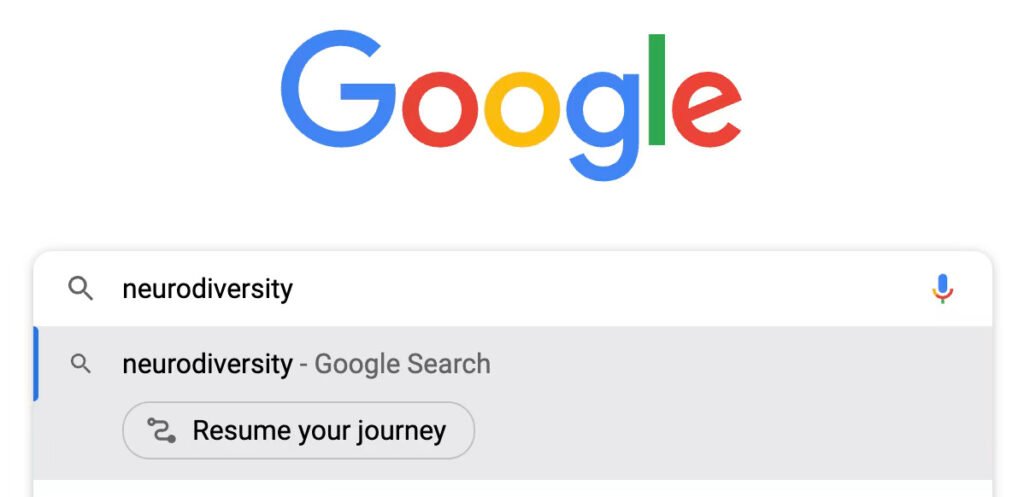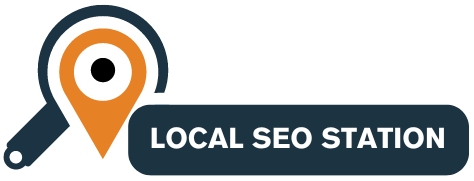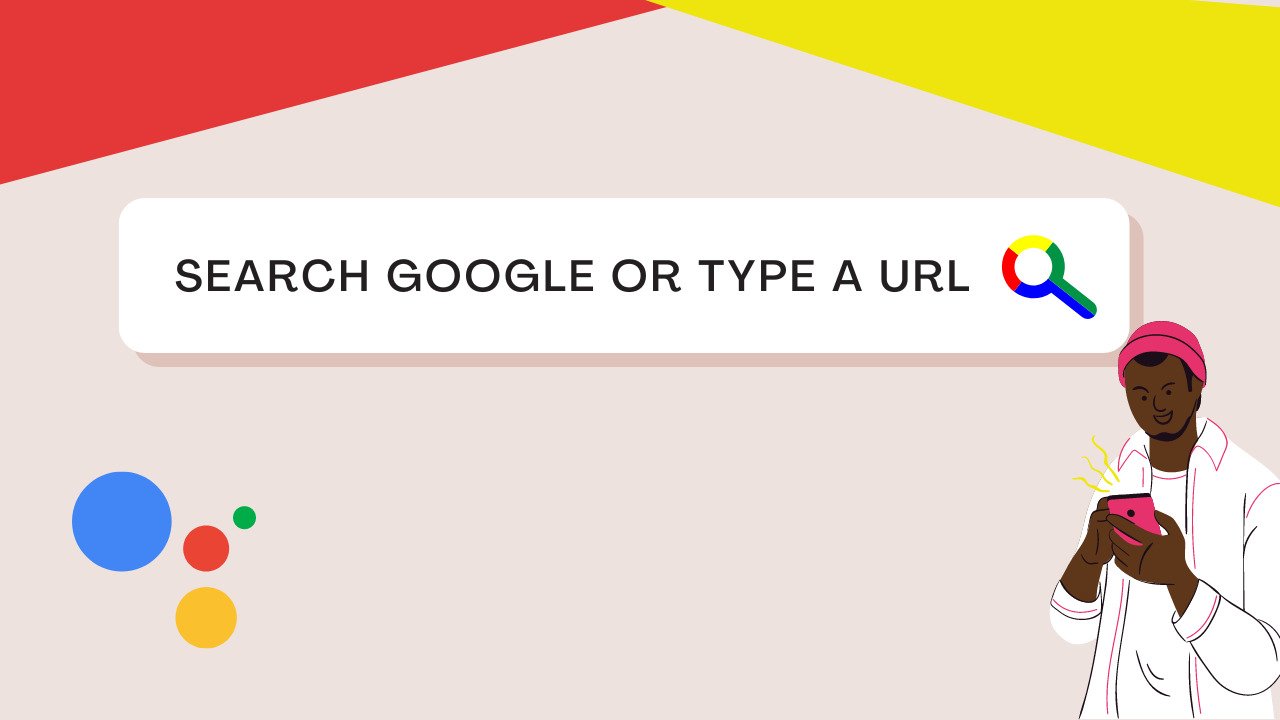In the fast-growing digital world today, we should be able to surf the Internet faster. The give-and-take of life: How you view a website can make or break an online experience, whether you’re hunting for jobs or shopping until your fingers go numb. People follow two general methods: Google searching or creating a direct URL and then visiting. But what is the most efficient way to move rapidly from one interface fragment to another?
Key Takeaways
- Search Google will come in handy to find something, when you know or remember the exact website where it was.
- When you know the exact site to which you desire to go, typing in a URL is faster.
- What makes each one particularly strong is the type of browsing scenario in which they are used.
- Knowing when to use which method can really speed up your browsing.
Understanding the Basics
Broadly speaking, when you want to find information online there are two main ways to do so: using something like Google or another search engine or by typing in the address of a website into your browser. These are both powerful depending on what you need to do, however, and the more distinct of an idea you have about each feature, the better your grasp will be on which one is best for quick browsing.
Search Google
Being the largest and most influential search engine in the world, Google obviously stands on top. Essentially, if your searchers type anything in Google Search Bar and hit the enter button (except website names) then they are looking for information. Search is the medium that provides us with responses to questions asked quickly or lists of content, but how does this affect results, and where are we in order of considered relevance? Google — is focused on providing search answers.
Advantages of Google Search
If you are unsure how to access the data on a particular subject, Google will serve up search results aimed at what it believes matches your request.
Seeing the other Side of the Coin: you will be able to access other sources and view leading a different side period covering comprehensive insights about topics.
People also ask: Google People may be asking for more in-depth and detailed topics that you will search for most of the time (boxed 5 last-type keywords).
Type a URL
When you type a URL directly into your web browser, it’s the most direct and least cluttered way of getting to one specific website. This is a similar strategy that you might use if, for instance, you already know the specific website to go to when search results aren’t good enough.
Benefits of directly typing a URL
Speed: If you remember the exact URL, typing it right into the browser will direct you to navigate directly instead of routing via search engine results.
Safety: By directly entering the URL, you can avoid potentially dangerous websites that could be hiding in search engine results.
It is Accurate: This method takes you exactly where you want to go — the website with which your bank does business. This is very handy, particularly on sites with similar names or to access a specific page of the site.
When to Use ‘Search Google’
Google search is probably the most powerful tool when you have to look for some information under constraints but do not know exactly where. Is looking for Google in some scenarios more practical?

Finding Specific Information
One of the primary use cases for Google is finding out about something. For this, you just have to write the niche related to a product in any browser, and numerous content will pop up on the web about it. For example, if we talk about typing “best smartphone 2024 reviews,” then this term would bring more than enough articles/blog posts/videos, etc./lists.
Access to a wide variety of resources
Google’s algorithm works to give the most relevant results for which you have done research. Therefore, a wide range of resources can be accessed, including official sites and user-generated content. Apart from this, it helps give an extensive view of the topic.
Exploring Related Topics
Using Google Search also allows you to explore different topics. Google provides you with other searches you might want to make relative to your original query, which can … open up new information or an opportunity to find the exact detail set of details that turn out as results.
Example Scenarios
- Researching a Topic: When you are doing some research, it is highly probable that you will require information from a range of sources. Long-term sources of supply — Google helps you find these fast.
- Searching For Tutorials Or Guides: If you want to learn how to do something step by step, Google has different options, so as users, we can choose according to our needs.
- Seeking Inspiration: If you are just starting a project and still cannot come up with an idea even after spending so much time on it, you can visit Google for new inspiration.
When to ‘Type a URL’ for Speedy Assistance
Entering a URL into your web browser directly is a faster way to get to a certain website, especially if you know right where you want to visit. For example, this is the most effective way to use this OR condition:

Access to the immediate Web site you know
Typing a URL into the browser is almost always faster as long as you know what site to go to. For example, if you would like to log into your Gmail, typing ” Gmail. com” will automatically bring you to the login page, saving you time from searching.
Skipping Search Engine Results
Search engine results can often be filled with ads or useless information. In this way, you save your time wading through the results turbine and reach directly to the site address by typing the URL openly in that area of SERP, i.e. www.localseostation.com.
Accuracy and security are guaranteed
Entering the URL directly into your browser takes you to the specific site that you want. It is especially critical on content where security comes into play – think online banking or e-commerce. You also eliminate your risk of ending up at a phishing site by typing the URL.
Example Scenarios
- Online Account: Directly type the URL of secure sites like online banking or email; this safe approach confirms that you are at an accurate site.
- Visiting Common Websites: For common websites the best way would be to type in URLs for visiting them or use bookmarks.
- Navigating to pages: Sometimes, you may want to go straight to a specific page on your website (e. g., “sample. To avoid this, feel free to type in the full URL (HTTP/https+”//www.site.com/contact”), which will save you time.
Comparing Speed and Efficiency
Both methods—searching Google and typing a URL—offer distinct advantages depending on the situation. Here’s a closer look at how each method compares in terms of speed and efficiency.
Finding Information Quickly vs. Accessing a Specific Website
Google: Search it If you want to know something but don’t know the medium where we get this information from. The search engine quickly goes through the entire web and shows you a list of all relevant sites, which saves you time in finding that information yourself.
Think about it: you need to go to a certain page on the web, either from your bookmarks or because someone gave you the URL.
How Long It Takes To Get What You Want
Google Search: The amount of time it takes to get your content through search results depends on when and how accurate the query is. With a concise search query, you find what you are looking for. Of course, if you are a broader term, then it will definitely take more time to sort out the results.
Type a URL: You may as well Remember this method is nearly instantaneous compared to navigating through search results or ads.
Customer Experience and Ease of Use
Google Search: User-friendly search engine with autocomplete, related searches and options to filter results by date or location (to name a few). These features improve the user interface, which makes it simple to navigate through.
Enter URL: Entering a URL is simple, and does not require further actions like clicking and scrolling, so it can work faster for offers you already know that started the heavy load page.
Things Affecting Your Decision
The approximate time the search will take, your prior knowledge of a website you are trying to reach, the complexity of your search query, and more may determine when to use Google instead of typing in a URL. How these factors manifest Here is how all those things can come together to provide opposition sources with a nice, one-stop-drop shopping facility.
Automated vs. Manual Test based on User Familiarity [ads positioning website]
As long as you are familiar with the website and know its exact URL, it can often be faster to just type such a list directly. On the other hand, if you are unsure or entering a new area of study, Googling will lead you to where to go.
Keyword Complexity
Typing the URL is often the fastest way to answer simple queries or when searching for a particular website. However, Google’s search engine provides better results for more nuanced searches—like learning about a topic or comparing products.
Mobile vs. Desktop Browsing
People’s browsing habits on mobile devices may differ from those on desktops. Long URLs are difficult to type on mobile, so using Google search can be more convenient. Typing URLs on a desktop with a full keyboard is faster if you have a complete address.
Device Performance and Internet Connection Speed
A slow Internet connection can play a huge roll in the time to actually browse. In some of these cases, it may be faster to type a URL directly as this should circumvent more search engine results pages. Likewise, customers on older or slower devices will benefit from a shorter route to the intended destination (a URL), which means improved performance.
Which Method is Best for Quick Browsing?
But have also their place in the bright world of browsing efficiently. Which is more successful relies mainly on the purpose you need it for right now:
For when you need information, an alternative to explore or a new area in which to dabble — Google Search is the best tool for when you try to get content and find precisely what matters.
This feature is for those instances where you know the exact URL of a page and just want to get there. This is the most efficient way to fast-fire an approach with 100% correct speed when it comes to accessing restricted sites or certain pages.
At the end of the day, you just have to remember when to embrace each one. Once you are aware of its strengths and weaknesses, you can better prioritize your online tasks to help improve time efficiency.

